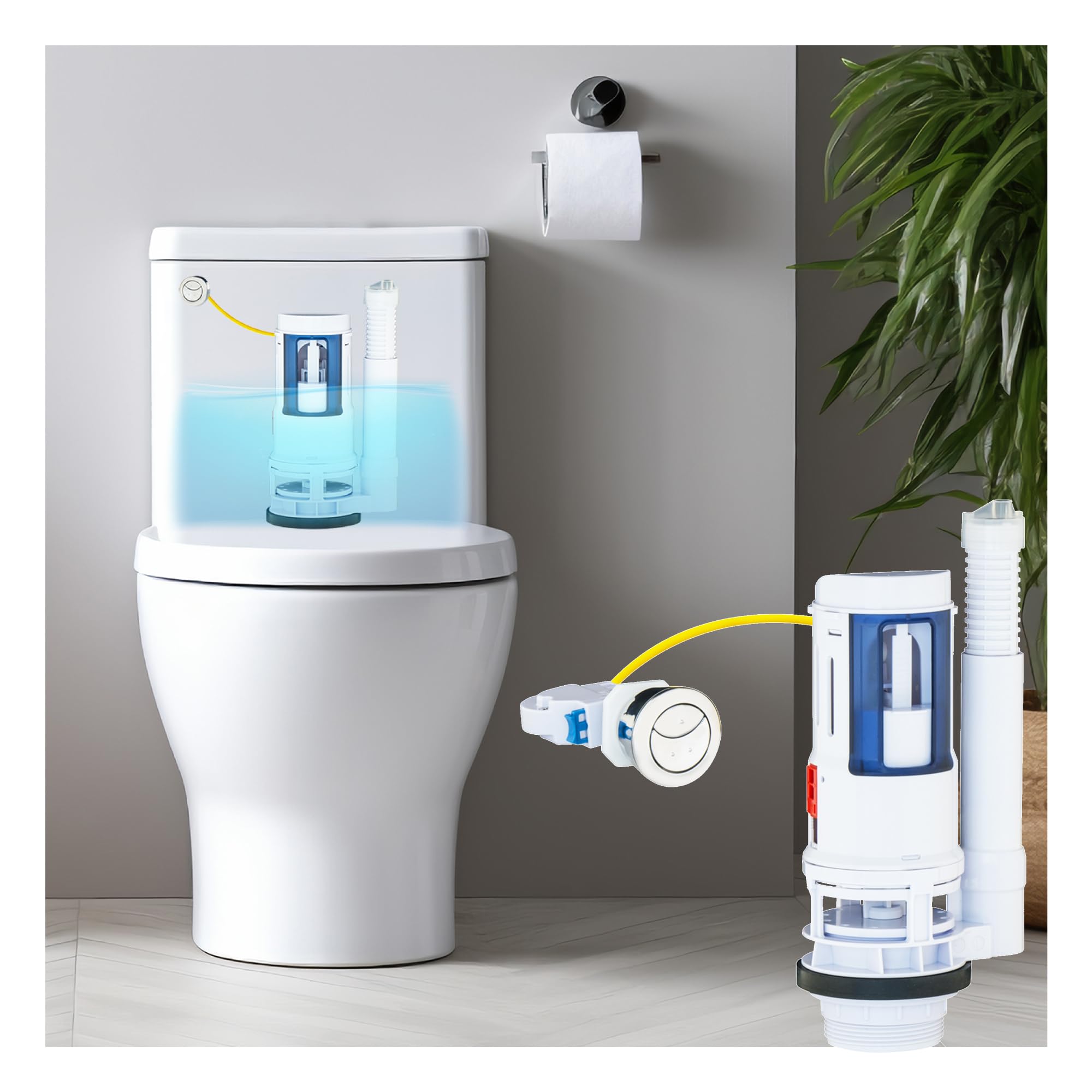Call This Monday to Get $50 OFF
Call us Now to Get $50 OFF.
Ratings based on 6379 reviews
Local Plumbers, Local Reviews
Call This Monday to Get $50 OFF
Call us Now to Get $50 OFF.
Ratings based on 6379 reviews
Local Plumbers, Local Reviews

Whether revamping your bathroom or shrinking your water bill, a dual-flush toilet is an inspired choice. You'll be slashing water waste in no time! Riverside homeowners can splash with a simple switch: replacing traditional toilets with water-efficient dual-flush models. Mr. Rooter Plumbing explores how a plumber's guidance can keep everything running like clockwork.
A dual-flush toilet gives you two flushing options: a smaller flush for liquid waste and a larger flush for solid waste. The smaller flush uses much less water than a standard toilet, while the larger flush still uses less than most traditional toilets.
Switching to a dual-flush toilet could save thousands of gallons of water yearly. That’s not just good for the planet—it’s great for your wallet, too!
Traditional toilets use much water—sometimes as much as 5 gallons per flush. In comparison, dual flush toilets typically use about 1.28 gallons for the smaller flush and 1.6 gallons for the larger flush. This difference adds up quickly, especially in households where toilets are flushed multiple times daily.
If your current toilet is older and uses excessive water, it may be time to consider a toilet replacement to conserve water.
Regular maintenance is essential to keep your dual flush toilet running efficiently. While these toilets are built to last, they may occasionally require a little attention. For instance, you might need toilet repair services if you notice leaks or flushing problems. A leaky toilet can waste water and defeat the purpose of having a dual flush system, so it’s essential to address any issues quickly.
Sometimes, the problem might be as simple as adjusting the flush mechanism. However, if you’re unsure how to fix it, contacting a plumber in Adelanto, CA can save you time and prevent further damage. A professional plumber can advise whether you need a repair or if a toilet replacement would be more cost-effective in the long run.
While a dual flush toilet is an excellent step toward water conservation, there are other ways to reduce water usage in your home:
With dual flush toilets, you can make a simple but meaningful change in your daily habits that adds up over time. If you ever need help maintaining or installing a dual-flush toilet, don’t hesitate to contact a professional plumber.
By using less water with each flush, you’ll save money on your utility bills and help the environment at the same time. Remember to maintain your toilet, address problems promptly, and consider professional help when needed.
As a society, the delivery of clean water through various systems is one of the…
Read MoreAre you worried that the constant trickle of water in your toilet is the cause…
Read MorePlumbing problems are the one incident every homeowner dreads due to their expensive repairs and…
Read MoreWater heaters are vital appliances that keep households and commercial establishments running efficiently. Whether it is showering, drinking,…
Read MoreWhen it comes to leaks, not all of them are visible to the naked eye. Sometimes, the pipes…
Read More